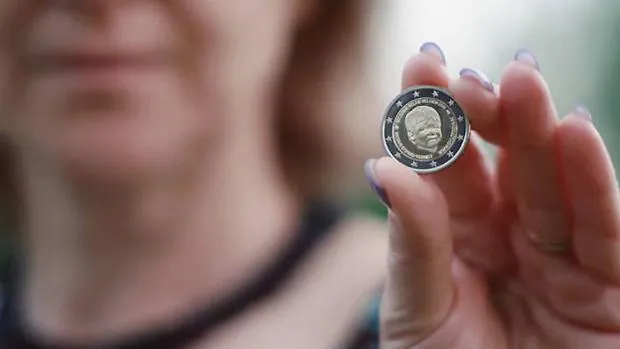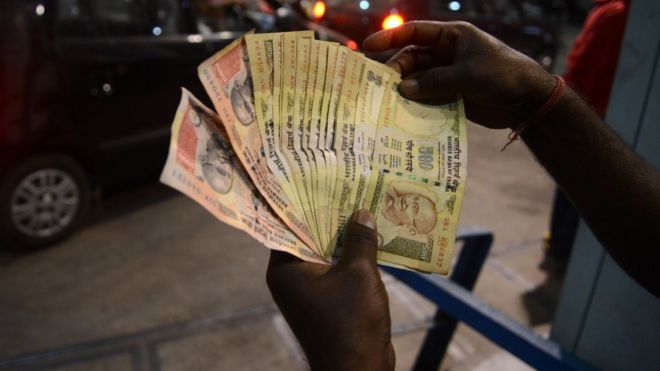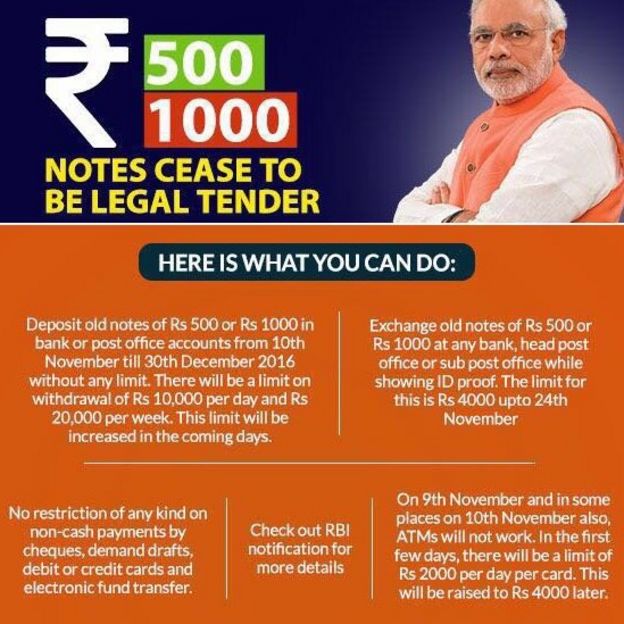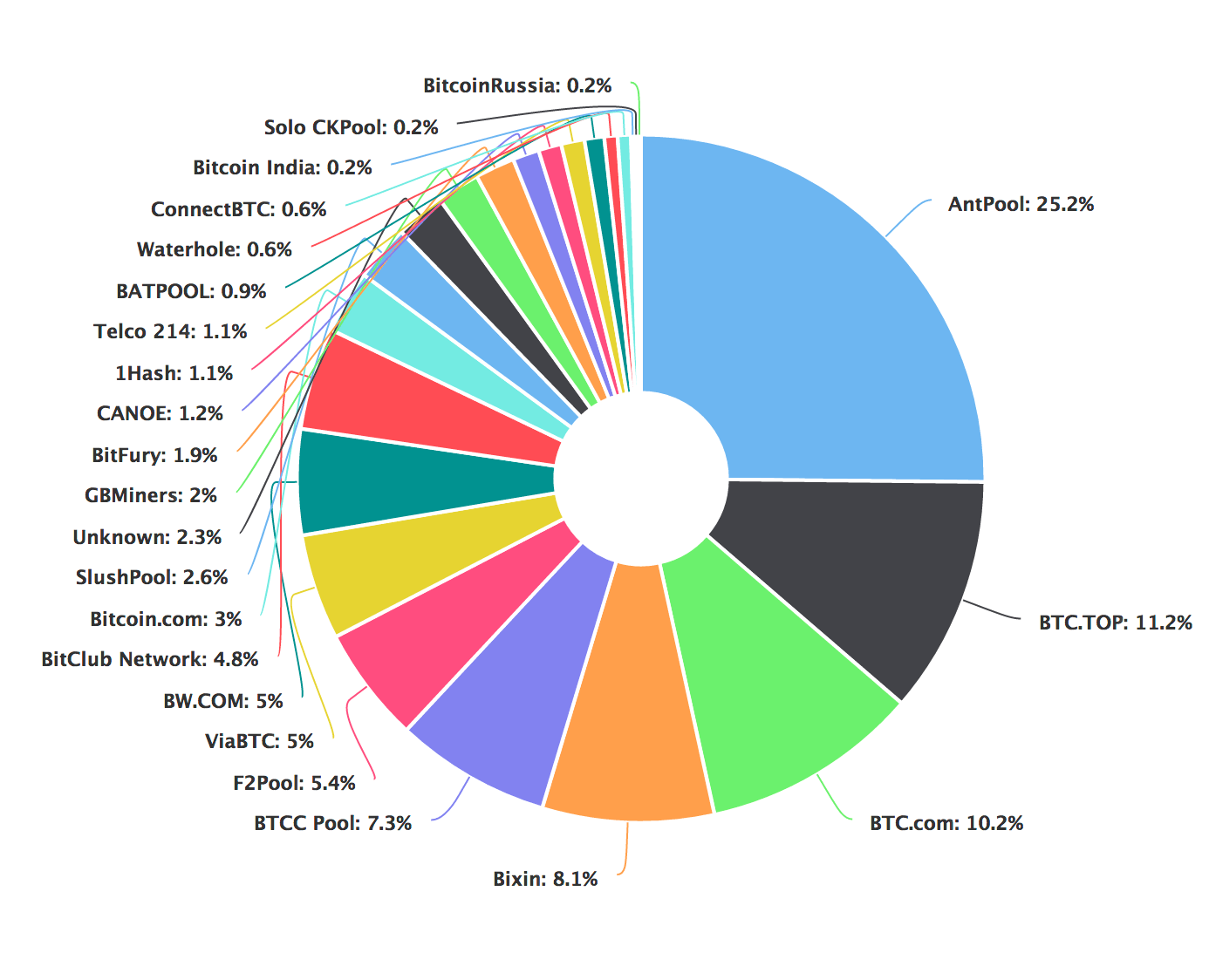- Registrado
- 16 Mar 2013
- Mensajes
- 7.584
- Calificaciones
- 26.300
http://www.abc.es/economia/abci-ocu...rtiera-misma-moneda-201608210214_noticia.html
¿Qué ocurriría si todo el planeta compartiera la misma moneda?
Una mala gestión en el suministro de dinero podría llevar a una hiperinflación como ocurrió con la implantación del euro

S.E. - @abceconomia Madrid21/08/2016 02:14h - Actualizado: 21/08/2016 02:14h. Guardado en: Economía - Temas: Moneda
¿Qué ocurriría si todo el planeta compartiera el mismo tipo de moneda? Es una pregunta que se plantea el despacho de abogados de Foster Swiss, especializado en la creación de empresas de servicios de inversión.
Supongamos que vivimos en un planeta que comparte una misma moneda. Los habitantes de todos los países realizan sus transacciones en esta misma divisa. Un único banco central situado en un territorio actuaría como la autoridad encargada de diseñar la política monetaria y de la emisión del dinero. ¿Cuáles serían los efectos económicos?
Para empezar, una mala gestión en el suministro de dinero podría llevarnos a una hiperinflación. En un primer momento la cantidad de moneda que debería emitir el Banco Central supondría un gran esfuerzo. La inflación se pudo observar en el momento de implantación del euro cuando se produjo un gran aumento de los precios en general.
No se podría comparar con otras monedas por lo que sería difícil asignar un valor a esta divisa. De esta forma, mucha gente optaría por convertir su dinero en activos físicos (oro, ganado, materias primas...) por temor a la depreciación de sus activos financieros (moneda). A la larga significaría el regreso a una economía de trueque.
Los países en vías de desarrollo pueden beneficiarse de una moneda única bien gestionada que fomente un entorno estable para la inversión, el crecimiento y el desarrollo económico. Nunca más existirían políticas monetarias nacionales lo cuál puede no ser beneficioso ya que el mundo no es homogéneo y lo que puede ayudar a una zona puede ser perjudicial para otra.
Ya no existirían los tipos de cambio como herramienta de política económica para que cada país pueda proteger el crecimiento económico. Otra opción sería tener varios bancos centrales en distintos países pero siempre el país menos desarrollado tenderá a emitir más dinero, lo que llevaría a la hiperinflación y al colapso del sistema. Además existirían graves problemas de coordinación de políticas monetarias.
En este caso nos encontraríamos ante un escenario de libre movimiento de capitales con una política monetaria autónoma y un tipo de cambio fijo ( ya que no existirían los tipos de cambio). Solo sería beneficioso para el país o los países que estuviesen controlando el Banco Central.
Se eliminaría la especulación monetaria, no existiría el Mercado de Divisas y con ello, disminuiría el riesgo en las transacciones internacionales. Además se eliminarían las barreras comerciales y las medidas proteccionistas lo que beneficiaría a los países de alto rendimiento, como ocurrió con Alemania tras la unión monetaria del euro.
¿Quién sabe qué nos depara el futuro? Tras las últimas llamadas de países como China o de Naciones Unidas a compartir una moneda única es necesario plantearse las consecuencias de esta acción.
¿Qué ocurriría si todo el planeta compartiera la misma moneda?
Una mala gestión en el suministro de dinero podría llevar a una hiperinflación como ocurrió con la implantación del euro

S.E. - @abceconomia Madrid21/08/2016 02:14h - Actualizado: 21/08/2016 02:14h. Guardado en: Economía - Temas: Moneda
¿Qué ocurriría si todo el planeta compartiera el mismo tipo de moneda? Es una pregunta que se plantea el despacho de abogados de Foster Swiss, especializado en la creación de empresas de servicios de inversión.
Supongamos que vivimos en un planeta que comparte una misma moneda. Los habitantes de todos los países realizan sus transacciones en esta misma divisa. Un único banco central situado en un territorio actuaría como la autoridad encargada de diseñar la política monetaria y de la emisión del dinero. ¿Cuáles serían los efectos económicos?
Para empezar, una mala gestión en el suministro de dinero podría llevarnos a una hiperinflación. En un primer momento la cantidad de moneda que debería emitir el Banco Central supondría un gran esfuerzo. La inflación se pudo observar en el momento de implantación del euro cuando se produjo un gran aumento de los precios en general.
No se podría comparar con otras monedas por lo que sería difícil asignar un valor a esta divisa. De esta forma, mucha gente optaría por convertir su dinero en activos físicos (oro, ganado, materias primas...) por temor a la depreciación de sus activos financieros (moneda). A la larga significaría el regreso a una economía de trueque.
Los países en vías de desarrollo pueden beneficiarse de una moneda única bien gestionada que fomente un entorno estable para la inversión, el crecimiento y el desarrollo económico. Nunca más existirían políticas monetarias nacionales lo cuál puede no ser beneficioso ya que el mundo no es homogéneo y lo que puede ayudar a una zona puede ser perjudicial para otra.
Ya no existirían los tipos de cambio como herramienta de política económica para que cada país pueda proteger el crecimiento económico. Otra opción sería tener varios bancos centrales en distintos países pero siempre el país menos desarrollado tenderá a emitir más dinero, lo que llevaría a la hiperinflación y al colapso del sistema. Además existirían graves problemas de coordinación de políticas monetarias.
En este caso nos encontraríamos ante un escenario de libre movimiento de capitales con una política monetaria autónoma y un tipo de cambio fijo ( ya que no existirían los tipos de cambio). Solo sería beneficioso para el país o los países que estuviesen controlando el Banco Central.
Se eliminaría la especulación monetaria, no existiría el Mercado de Divisas y con ello, disminuiría el riesgo en las transacciones internacionales. Además se eliminarían las barreras comerciales y las medidas proteccionistas lo que beneficiaría a los países de alto rendimiento, como ocurrió con Alemania tras la unión monetaria del euro.
¿Quién sabe qué nos depara el futuro? Tras las últimas llamadas de países como China o de Naciones Unidas a compartir una moneda única es necesario plantearse las consecuencias de esta acción.


 Ver foto
Ver foto






 MARCOS SIERRA
MARCOS SIERRA